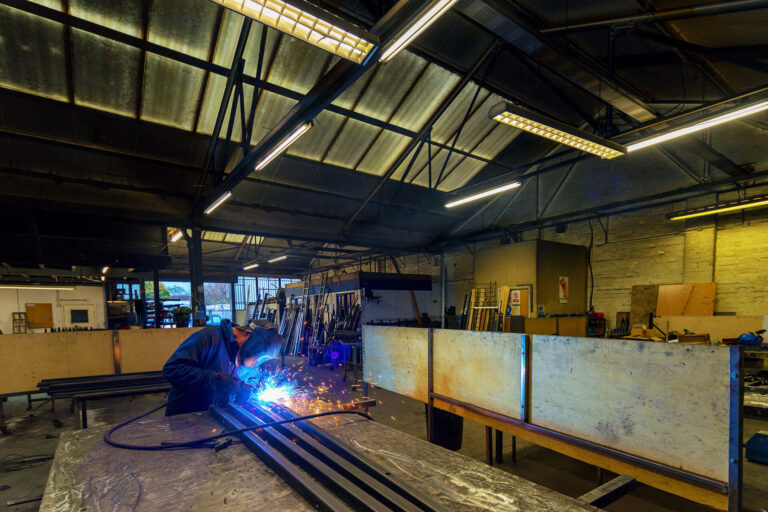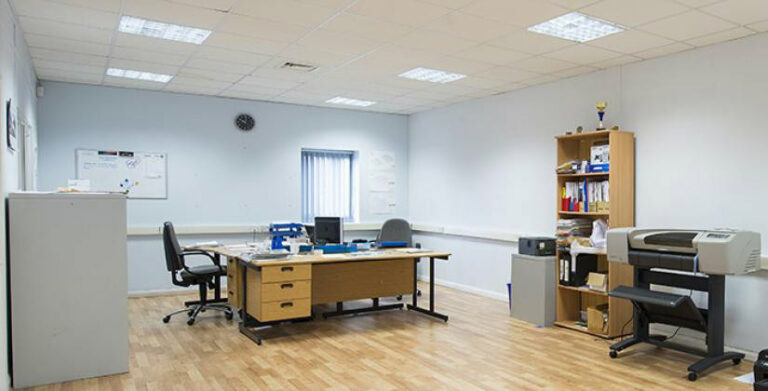How to make your website user friendly
For small businesses, having a website that's simple to use and conveys messages clearly can make all the difference in attracting new customers.
Many small businesses rely on their website to attract new customers.
But business owners often don’t take the time to test how usable their site actually is before they launch it to the public. For start-ups and small companies, having a website that is simple to use and conveys key messages clearly can make all the difference when it comes to business growth.

Research from the Online Marketing Institute shows that 85% of people will be put off using a website if it is poorly designed. And 83% said they would just leave a site if they had to click too many links to find what they were interested in.
So what can you do to make your website more user-friendly?
1. Get into the mind of a first-time visitor
Try and look at your website through the eyes of someone who has never seen it before. If you don’t know where to look, is it easy to find your way around? Your website is your chance to make a first impression on a potential client so consider what messages it sends out about your business.
2. Fix problems quickly
If you identify a problem with usability, get it fixed quickly before it has a negative impact on your business. If your content is poorly written or confusing then rewrite it yourself or use the services of a professional copywriter. If your website’s design is dated, then give it a makeover and make sure all your links work and your information is easy to find.
3. Include a search function
Make it easy for people to find what they need by clearly displaying an effective search feature on your homepage. This will help people get the information they need quickly before they get frustrated and leave your site.
4. Cut down loading times
If a website is slow to load, many users will give up and look elsewhere. According to research, four in 10 people will leave a site if a page takes more than three seconds to load. Check your website’s current speed and make sure you are using the appropriate file format for all your images. Don’t use larger pictures than necessary. Instead, resize them using an image editor. Using HTTP compression to compress your web content can also dramatically reduce loading times.
5. Don’t underestimate the importance of white space
Websites with clear fonts and a decent amount of space between each section are easier for a customer to understand and read. Don’t be tempted to try and cram as much as you can into the space available. Too much information and not enough white space will confuse your customers and put them off using your business. Good use of white space will also make your site load faster. Just think of the simplicity and effectiveness of the Google search home page!
Author:
BizSpace
BizSpace is the UK’s leading provider of regional flexible workspace. For over 20 years we have been offering office, studio and workshop units to a wide range of businesses in convenient regional locations across the country. We are owned by Sirius Real Estate, a commercial property operator, that is supporting us on a journey to significant growth.
More BizSpace News

Blog
Finding a Small Industrial Unit or Workshop to Rent
Let’s be honest with each other, finding a ‘perfectly sized’ industrial unit for your business isn’t exactly fun. It’s time-consuming,…
Find out more
Blog
Designing your ideal office: 8 top tips
Focus on comfort and practicality when designing your office space, considering layout, light, furniture, clutter and accessories.
Find out more
Blog
What is a Satellite Office?
Businesses are now finally able to return to some sense of normality in our post-COVID society. There has been plenty…
Find out more